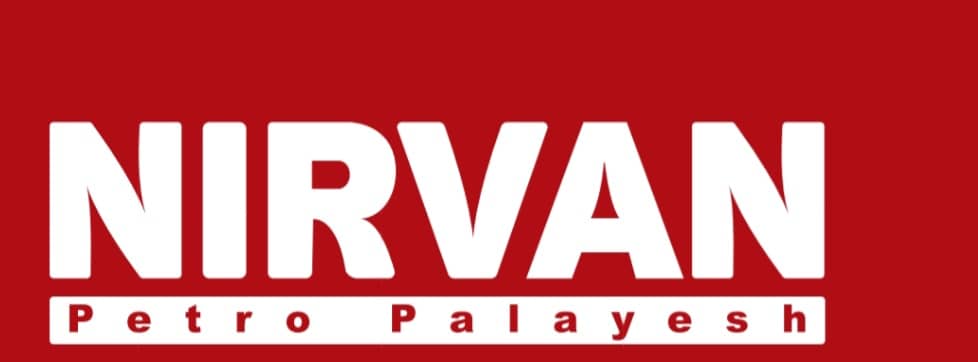Applications of Thermoplastic Elastomers in the Automotive Industry
Sealing Systems
TPEs are extensively used in sealing systems throughout vehicles. Their exceptional flexibility and resistance to environmental factors like UV radiation and extreme temperatures make them ideal for door seals, window seals, and gaskets. TPE seals ensure a secure, airtight fit, enhancing vehicle comfort and reducing noise and vibration.




Interior Components:
Within the automotive interior, thermoplastic elastomers (TPEs) are the material of choice for a wide array of components, owing to their remarkable versatility and unique qualities. These materials play an integral role in enhancing the comfort and aesthetics of vehicle interiors in several ways:
1. Soft-Touch Surfaces: TPEs are renowned for their exceptional tactile qualities. They provide a soft, pleasing touch that elevates the overall sensory experience within the vehicle. Soft-touch surfaces, such as those found on dashboards, door panels, and center consoles, are often made from TPEs. These materials not only feel luxurious to the touch but also create a sense of premium quality, contributing to the overall interior ambiance.
2. Armrests: The armrests in vehicles are subject to frequent contact and should provide both comfort and durability. TPEs excel in this application due to their flexibility and resilience. They can be molded into ergonomic shapes, offering support and comfort to passengers during long journeys. TPE armrests withstand wear and tear, ensuring they maintain their appearance and functionality over time.
3. Instrument Panel Components: TPEs are utilized in various instrument panel components, including buttons, knobs, and bezels. These materials are not only functional but also contribute to the aesthetics of the dashboard. TPEs allow for intricate detailing, ensuring that the controls are both visually appealing and easy to use.
4. Aesthetic Customization: TPEs can be easily colored and molded, giving automotive designers the freedom to explore a wide spectrum of interior design possibilities. Whether it's creating contrasting textures, bold colors, or intricate patterns, TPEs enable manufacturers to customize the interior aesthetics to match the brand identity or cater to specific consumer preferences.
5. Ease of Processing: TPEs are highly processable, making them ideal for complex interior components. Manufacturers can efficiently mold TPEs into various shapes and sizes, meeting the specific design requirements of the vehicle. This ease of processing not only enhances design flexibility but also streamlines the production process.
In summary, TPEs are the material of choice for enhancing the interior of vehicles, offering a harmonious blend of tactile comfort, aesthetics, and practicality. These materials play a pivotal role in creating visually appealing, comfortable, and functional automotive interiors that elevate the overall driving experience. As automotive design continues to evolve, TPEs will remain a fundamental element in crafting interiors that cater to the desires and needs of discerning consumers.


Dust Covers
Thermoplastic Elastomers (TPEs) serve as essential components in the creation of dust covers for various automotive and industrial applications. These versatile materials excel in sealing functions, effectively shielding sensitive parts from dust, dirt, and contaminants. Whether applied to protect electrical connectors, bearings, or mechanical elements, TPE dust covers establish a robust protective barrier while retaining flexibility for easy installation and removal. Their resilience ensures prolonged performance in demanding environments, rendering them indispensable for safeguarding critical machinery and vehicle components. TPE dust covers contribute to extending the lifespan of components and reducing maintenance requirements, offering a cost-efficient solution for ensuring the reliability of both equipment and vehicles. Notable examples of such dust covers include those for shock absorbers, ball joints, headlight bulbs, steering rubber boots, and inner axle CV joint boot dust covers.


